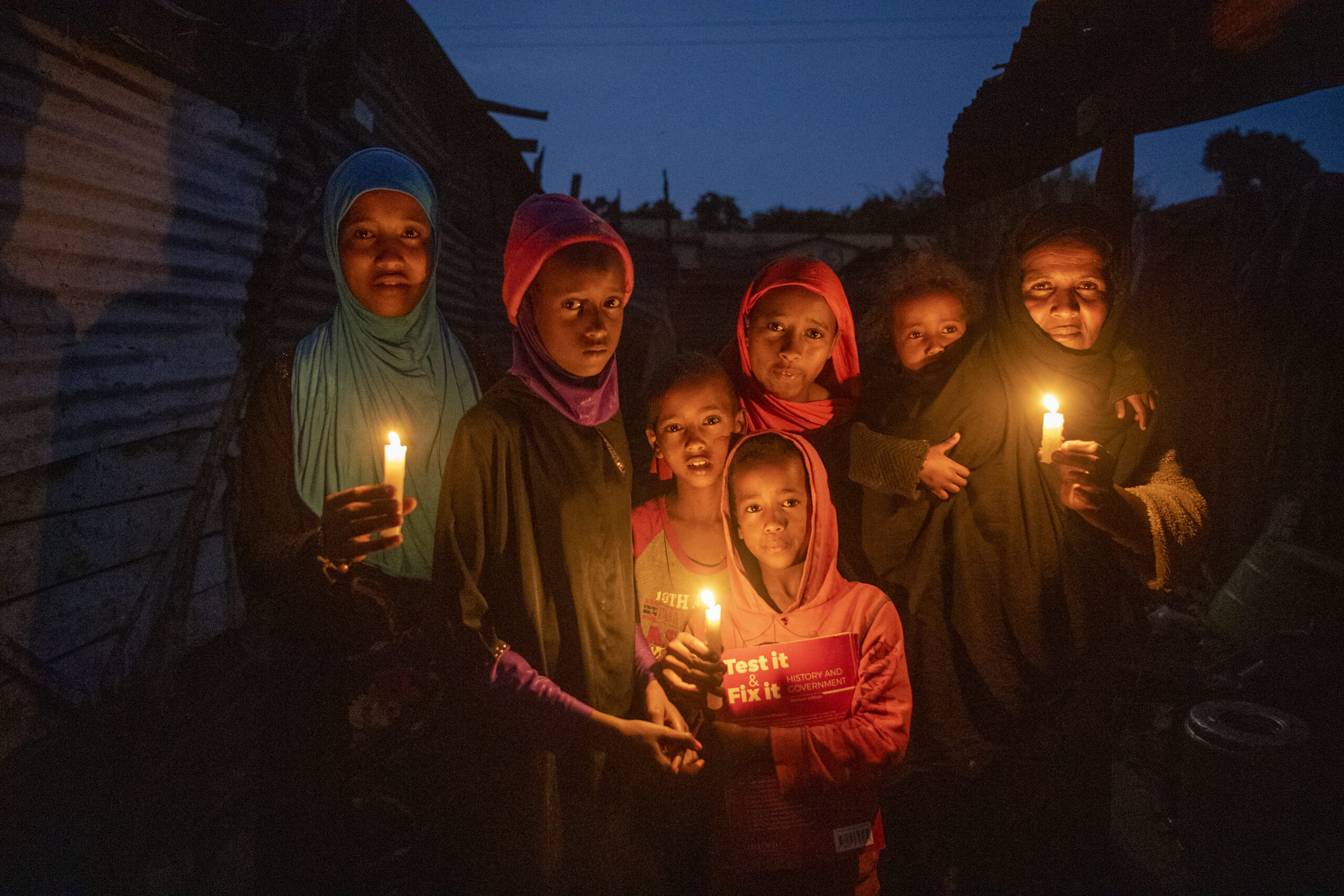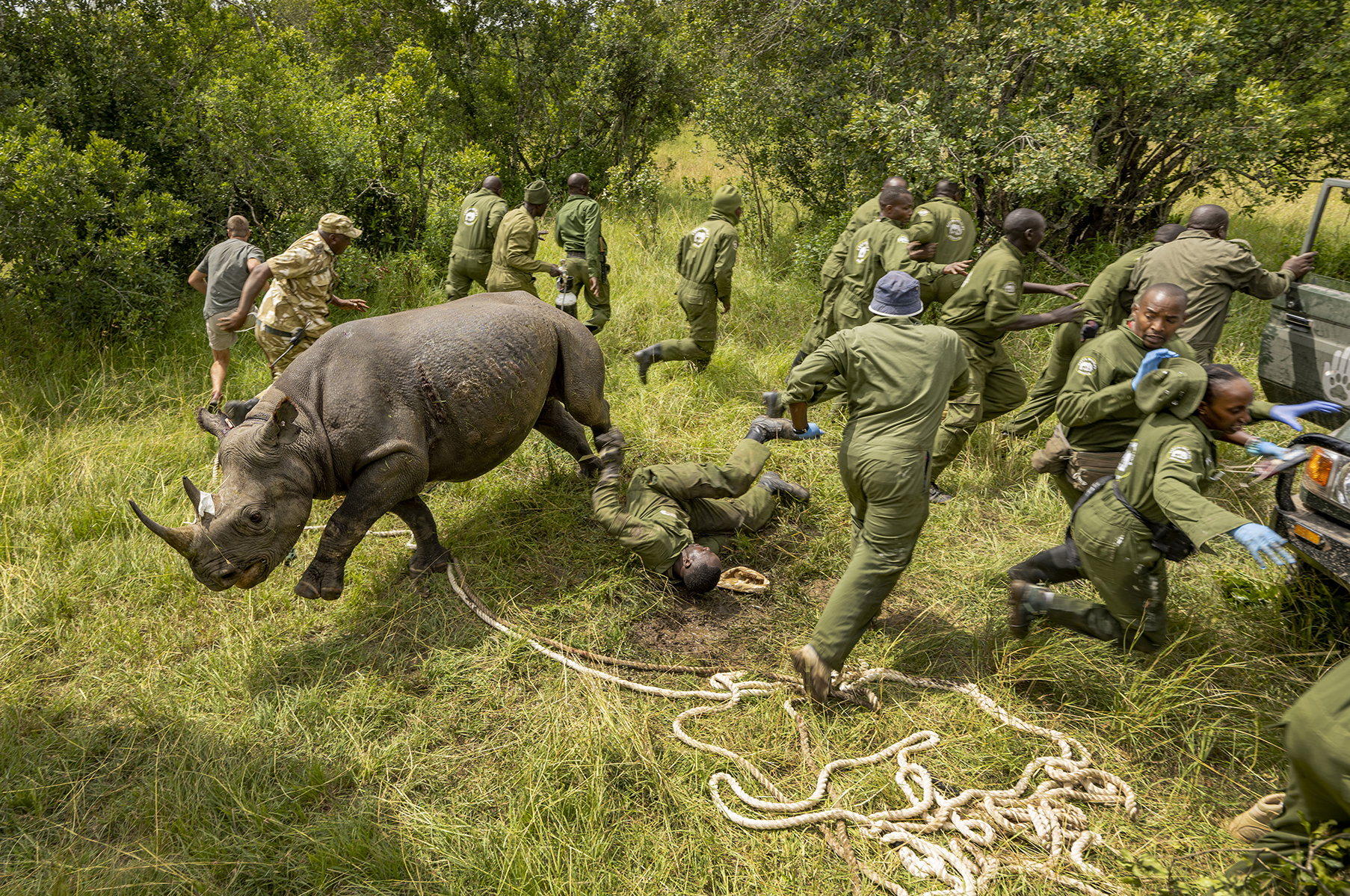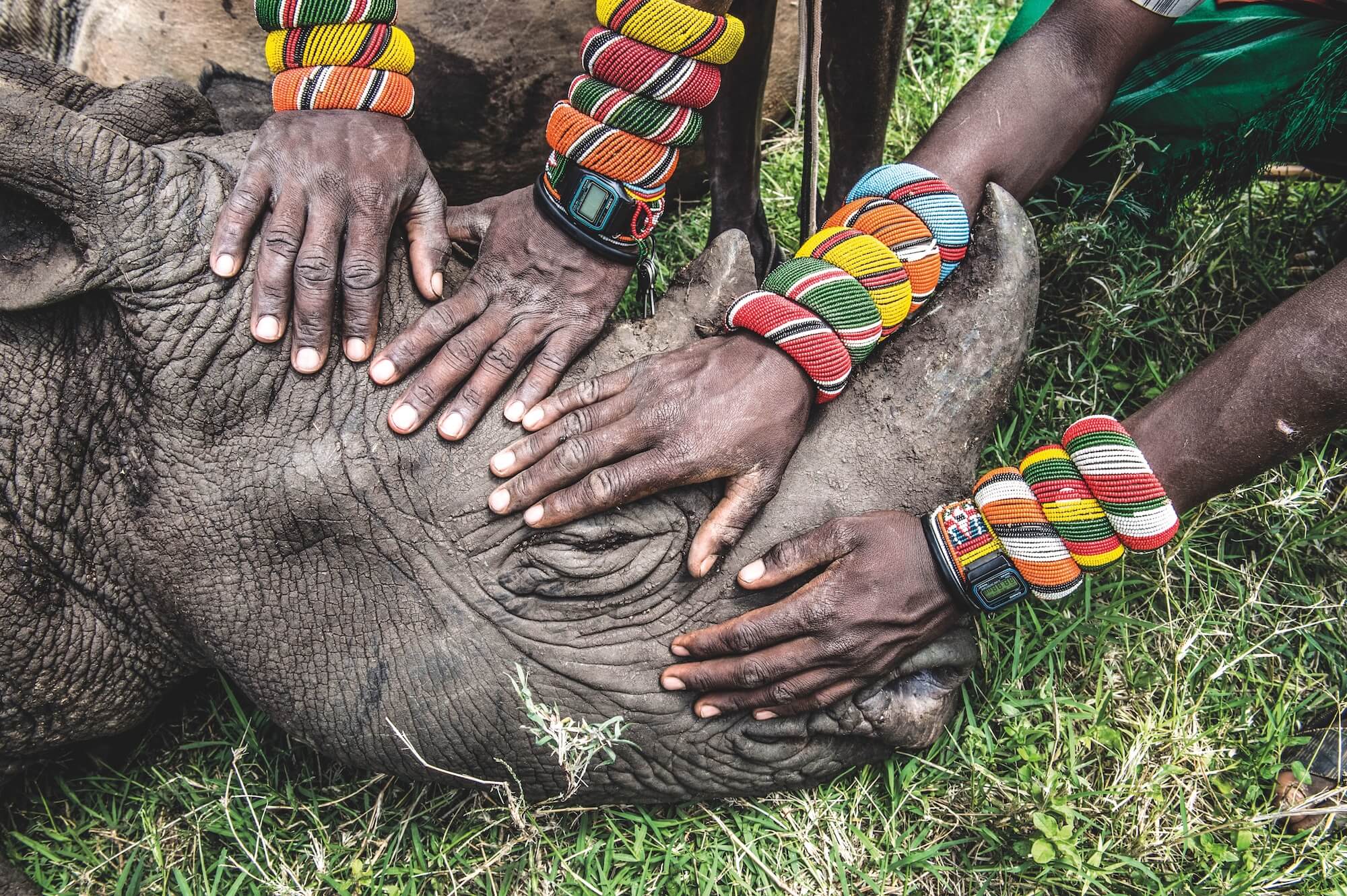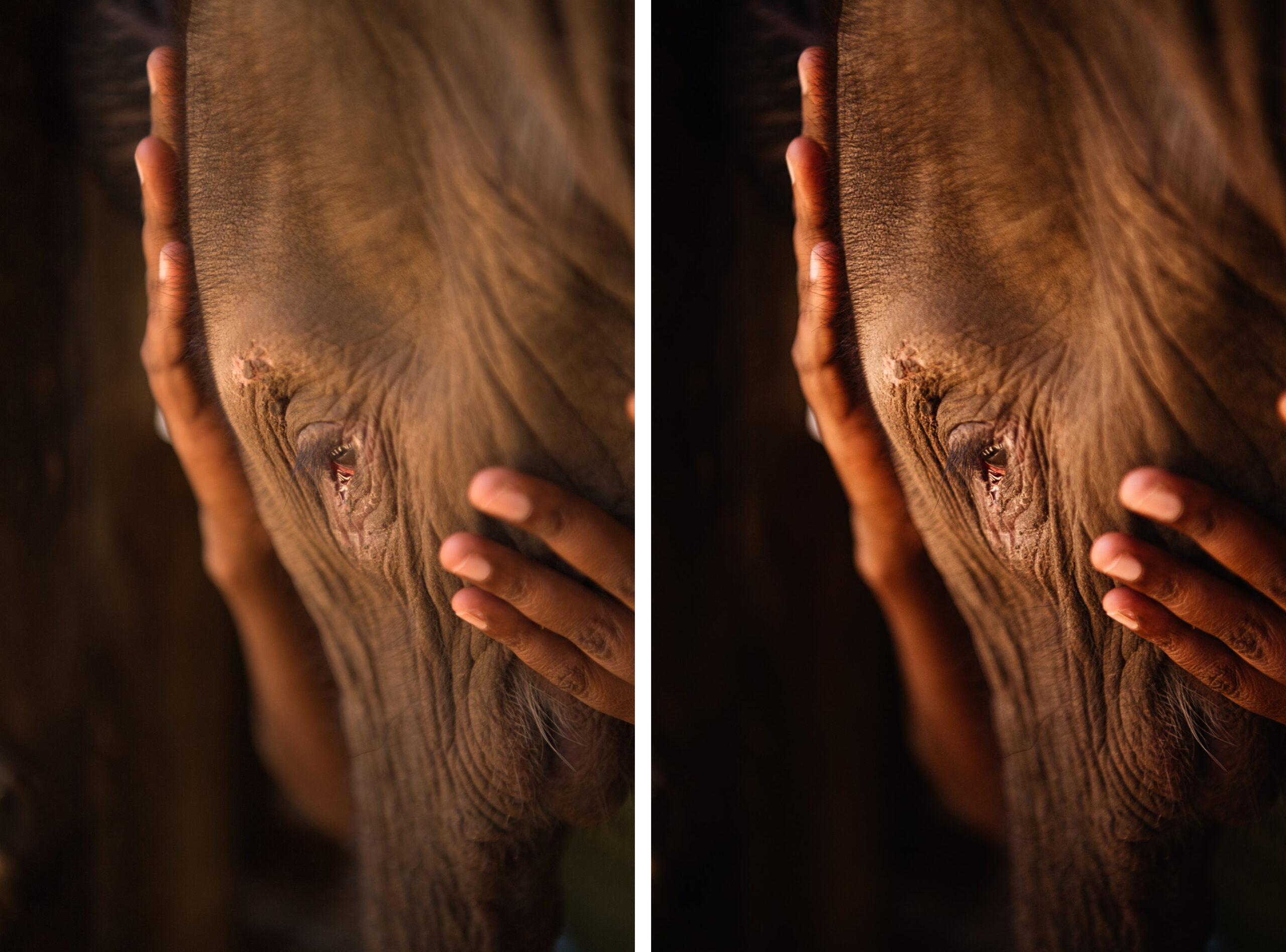Flight for Survival: How it happened?
03 / 12 / 2010
Return to BlogThey are huge but gentle, lumbering beasts and there are only eight left on the entire planet. Scientists believe the magnificent Northern White rhinos are nearly extinct. There are rumors of some, a few at best, in Southern Sudan but none have been seen for many years now. These eight, two in the San Diego Zoo and six in the Dvur Kralove Zoo in cold, snowy Czech Republic are all we know of the second largest land animal on earth.
In a last ditch effort to save this species from extinction, the Lewa Conservancy in Kenya cut a deal to airlift the last four breeding age animals from the Czech Zoo to live “free” on the savannas of Kenya, not too far from Mt. Kenya. The hope is that Africa, the temperance of the climate and the room to roam will entice them to breed and establish a nucleus for the future re-population of their former Central African range. If that does not work, then breeding them with Southern Whites can help preserve their genes.
I heard about the plans and immediately visited them while I was in Prague for a workshop last October. The story captured my heart instantly. It is a story of hope and of a second chance, something rarely seen in the environmental movement. Surprisingly, no one was interested because it was not a visual story. The rhinos would be in wooden crates for the entire journey and to most editors, it justifiably was a lot of expense for a story that would be difficult to tell. In today’s economic climate, no one can afford to risk investing in a story that might not work.
Yet, I could not let go and wrote another more impassioned appeal for help to get me there. This move was a last ditch effort for saving this entire species and I did not want to miss the opportunity to document it. It was more than a story of flying rhinos 4000 miles across the globe. It was a story of conservationists feeling confident enough with Africa to bring back a critically, endangered animal. The animals are getting old and they would not live long in the Eastern European zoo, under smokestacks and snow. I could not imagine a more poignant picture.
Thankfully, several organizations pitched in. None could afford the entire costs but each was willing to help. Organizations like National Geographic, MSNBC.com the Knight Center for International Media and The Nature Conservancy supported me to tell this great story of hope and reversals. I am so grateful to them and the people that allowed me access, specifically the wonderful, generous people of Dvur Kralov Zoo and Ol Pejeta Nature Conservancy. There are so many people to thank and the woman who made it all possible is Elodie Sampere of Ol Pejeta. I am eternally indebted to her for her persistence and generous spirit. Berry White and Pete Morkel are the veterinarians who were incredibly patient as I followed them in what must have been one of the more sleep deprived moments of their lives. There are so many people to thank for allowing me the privilege to witness this incredible moment.
On my last day, moments before I was set to drive back to Nairobi, the skies darkened and it felt like a monsoon in the middle of the savannah. Within minutes, the rhinos responded like children, running as fast as they could and then flopping their 2 ton bodies into a belly dive in the most glorious mud bath. Sure I don’t want to be too anthromorphic about such things, but they looked like they were smiling. That moment alone was worth all that it took to be there. The fact that this is the beginning of a renewed interest in keeping and repopulating parts of Africa with this magnificent species, whose only curse was to be born with a price on its head, is all the inspiration I need.
The rhinos are doing well and adapting quickly. If you want to keep updated on how they are or find out how to visit them, go to Ol Pejeta’s website.
You May Also Enjoy

Help Vital Impacts Meet the Match
I had the pleasure of speaking with the incredibly talented and thoughtful Mark Edward Harris from Make It Better Foundation about the power of a single image to impact our understanding of the world. At this critical moment for humanity, we cannot afford to feel overwhelmed or hope that someone else will address our challenges. [ … ]

Black Rhino Revival
I am honored to have been able to collaborate with The Nature Conservancy to document the incredible efforts and critical steps Kenya has had in achieving stable habitats for the survival of the species. Black rhinos once thrived across Kenya, but rampant poaching in the 1970s and ’80s drove them to near extinction. However, government [ … ]

Ami Named Royal Photographic Society Honorary Fellow
I am honored to share that I have been named an honorary fellow of the Royal Photographic Society, alongside such photographic luminaries as James Balog, James Friend, Sirkka-Liisa Konttinen, Michelle Sank, Marilyn Nance, Yasmine Crawford, and William Kentridge. This prestigious recognition is part of an initiative that celebrates the unique power of photography to challenge societal [ … ]

My Earth Essence Presets with Luminar Neo
I’m excited to announce my partnership with Luminar Neo. We have launched an exclusive Earth Essence Presets Collection that captures the essence of classic darkroom techniques. These presets are crafted to help you make subtle, yet powerful enhancements to your portrait, landscape, and wildlife photography. Guided by a strong commitment to ethical standards, my image [ … ]


